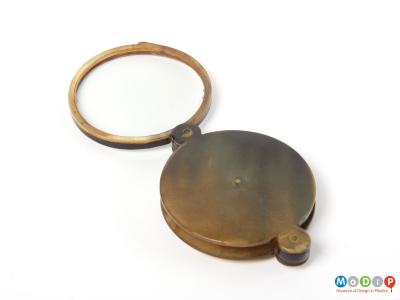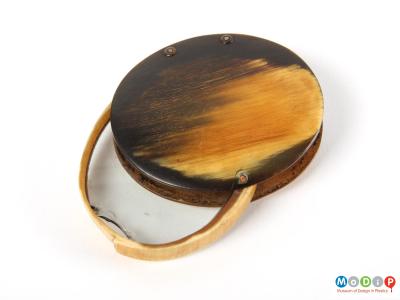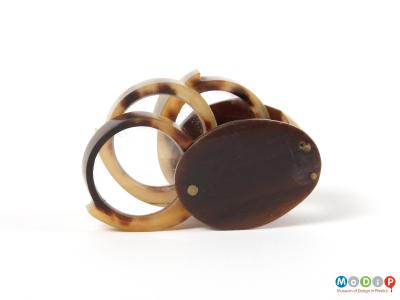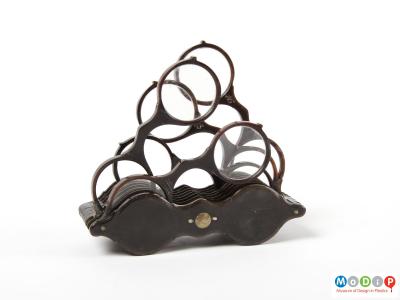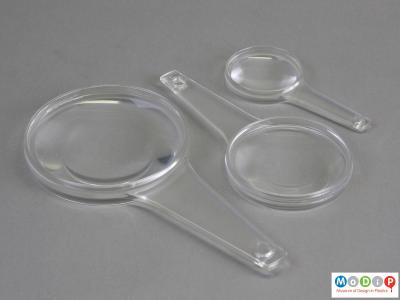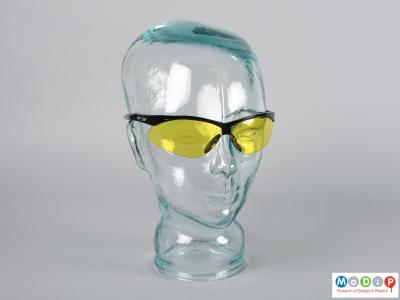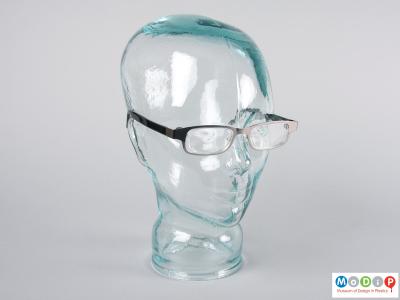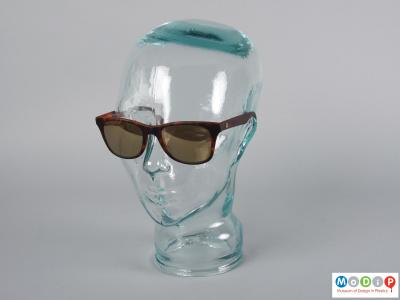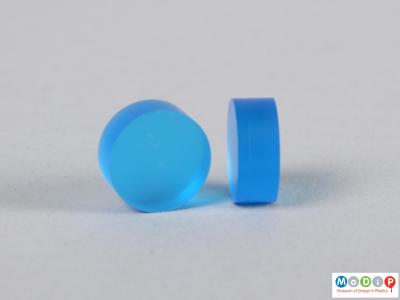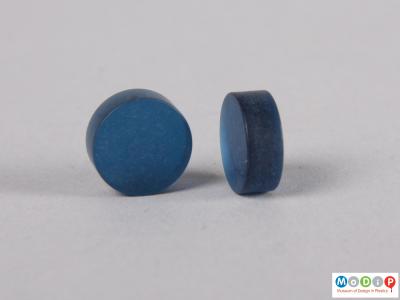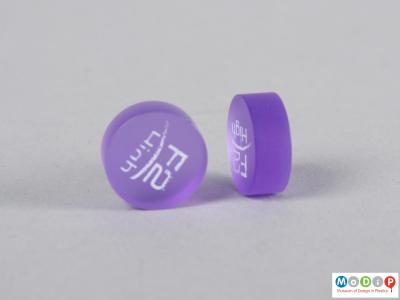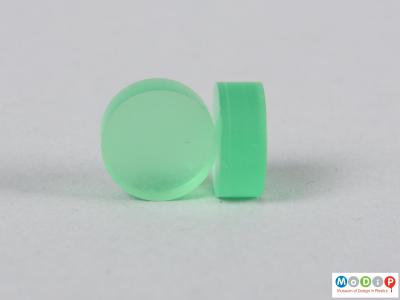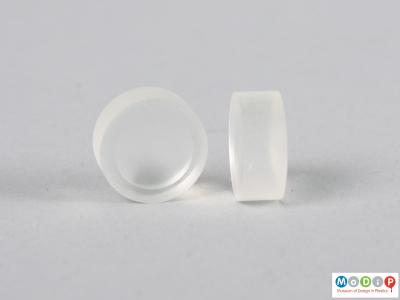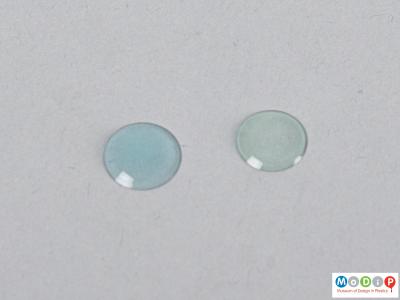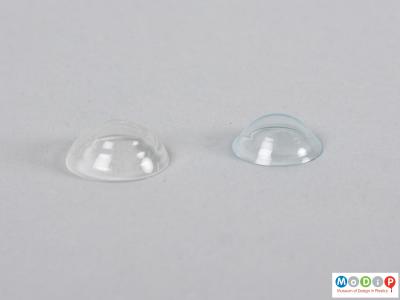The development of the scientific magnifying lens is attributed to Roger Bacon in 1250. Personal, portable examples of these lenses are useful aids to vision. Horn was commonly used to frame and protect such lenses (1 - 3) with versions made for professional use by jewellers and opticians for example (4 - 5). Polymethyl methacrylate (PMMA or acrylic) is lightweight and has excellent optical properties making it suitable for the set of magnifying hand lenses (6).
It is thought that corrective lenses to aid vision have been in use since the early 14th century. Early glass lenses were joined with a wooden construction and held in place by the wearer. Over time, frames which held the lenses were developed to improve comfort and fit, but spectacles as we now know them did not become popular until the 18th century. With the development of plastics in the 20th century the design of frames and production of lenses made a significant leap. Lightweight, inexpensive materials meant that sunglasses became an affordable fashion accessory whilst offering protection to the eyes. This example (7) has a wrap around polyamide (PA or nylon) frame with a shatterproof polycarbonate lens. The lens is made in a way which eliminates distortion and the colour is particularly helpful in reducing eye strain. The variable focus spectacles made by Eyejusters (8) uses SlideLens™ technology to alter the shape and strength of each lens. A normal frame accommodates the additional layer of lightweight lens without distortion. Issues of sustainability are driving the search for new materials for frames. The Sea2See sunglasses (9) re-use polyamide fishing waste, gathered at source, sorted, made into pellets, and sent to Italy for the production of the glasses.
Contact lenses were first made of glass and developed in 1888. Throughout the 20th century, developments in materials and manufacturing techniques resulted in the extremely thin, lightweight contact lenses commonly in use today. The coloured buttons (10 - 14) are samples of material from which lenses are made. Corneal contact lenses (15) are fitted to, and sit centrally on, the wearer’s corneas and correct mild irregularities. Scleral lenses (16) only touch the white part of the eye and are used when the cornea has become irregular due to trauma or eye health conditions.

